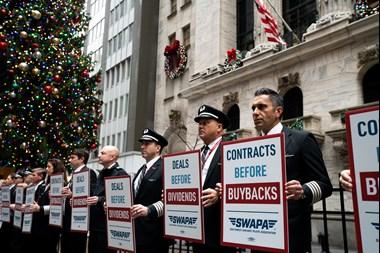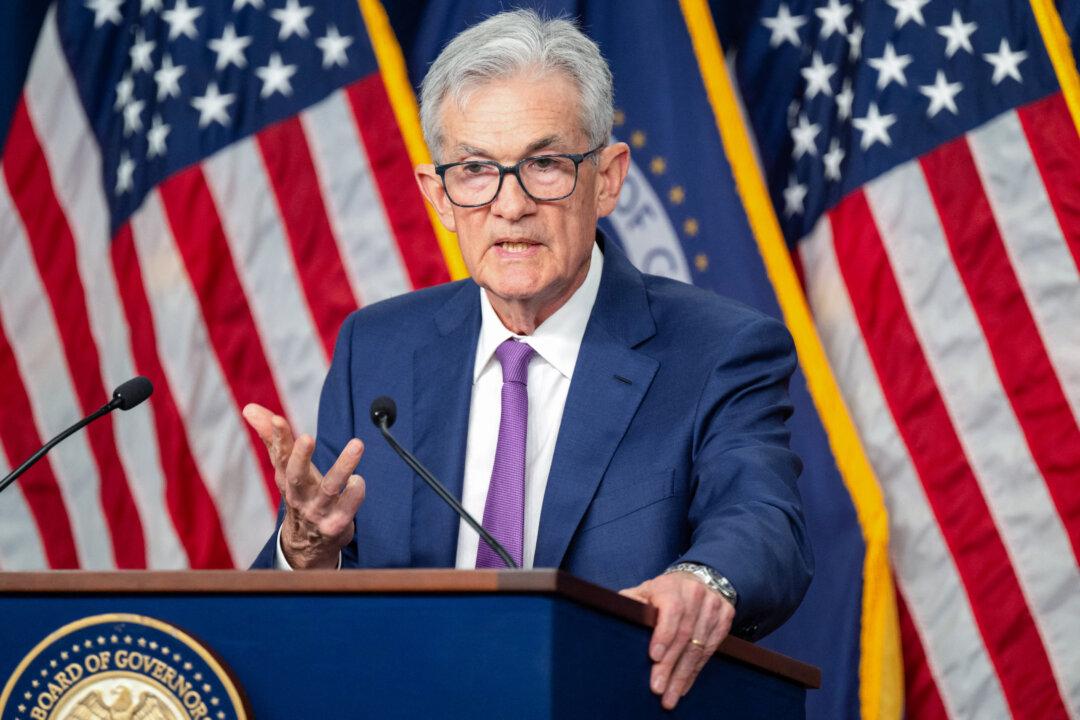Commentary
New jobs created printed at 311,000 on March 10, according to the Establishment Survey, far exceeding market expectations of 205,000 jobs. The Household Survey printed lower at 150,000. Net revisions were down 34,000 from December and January. The overwhelming majority of jobs were in the lower-wage sector, and job losses occurred in some of the higher wage sectors, as illustrated in our exclusive chart of Jobs Creation by Average Weekly Wages.





